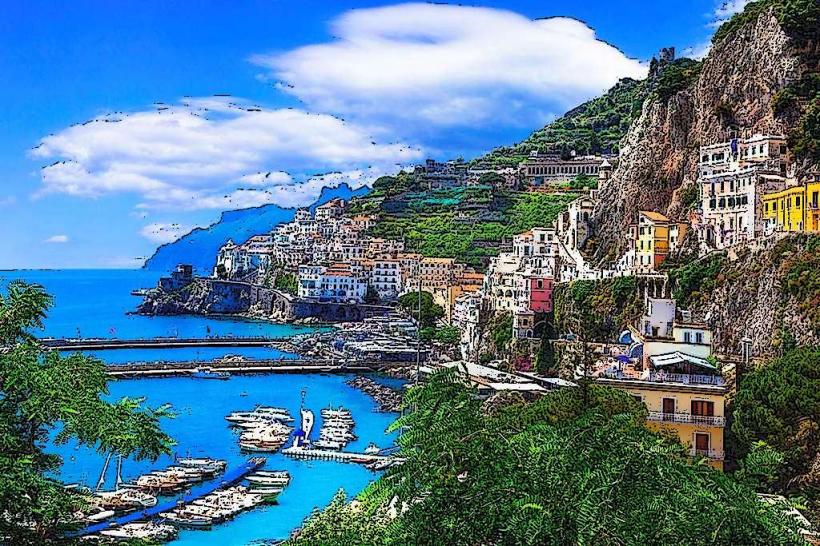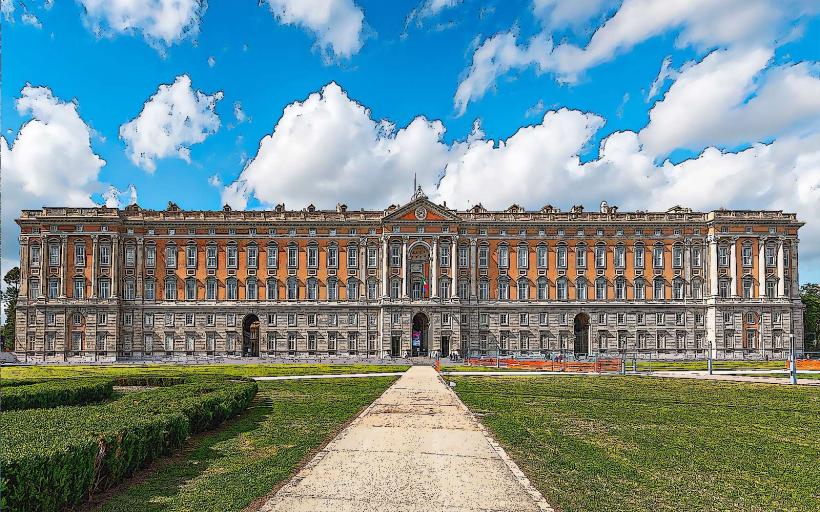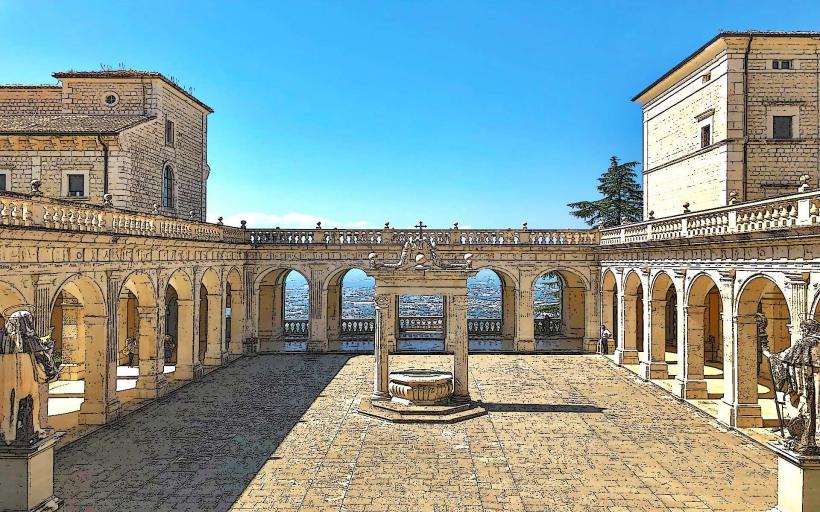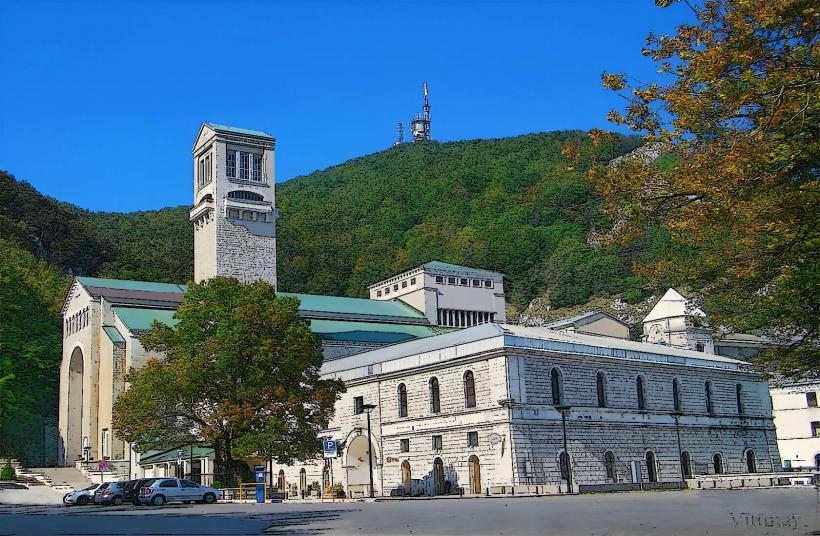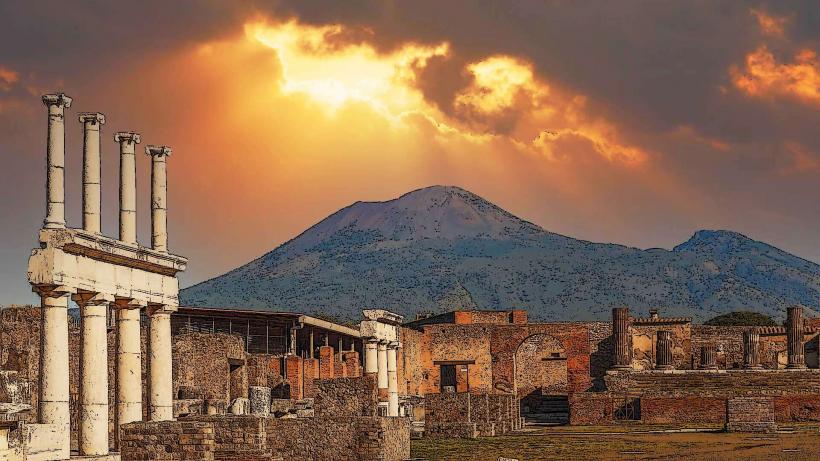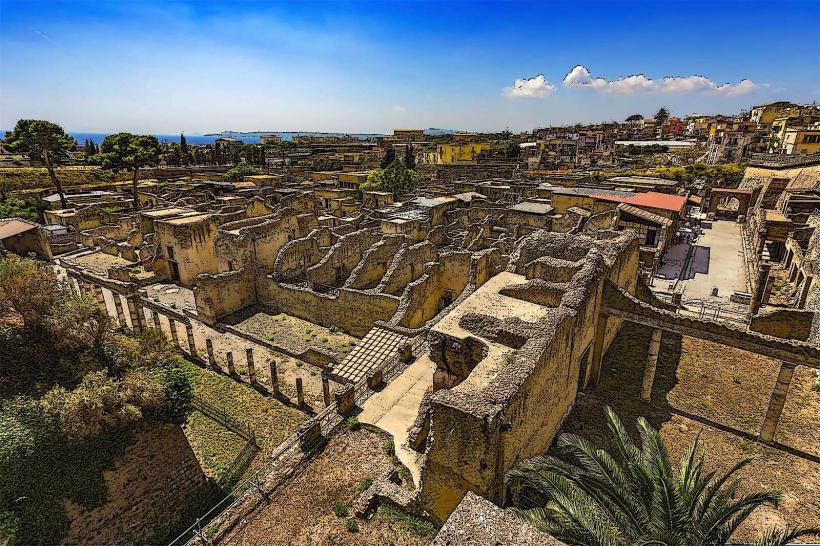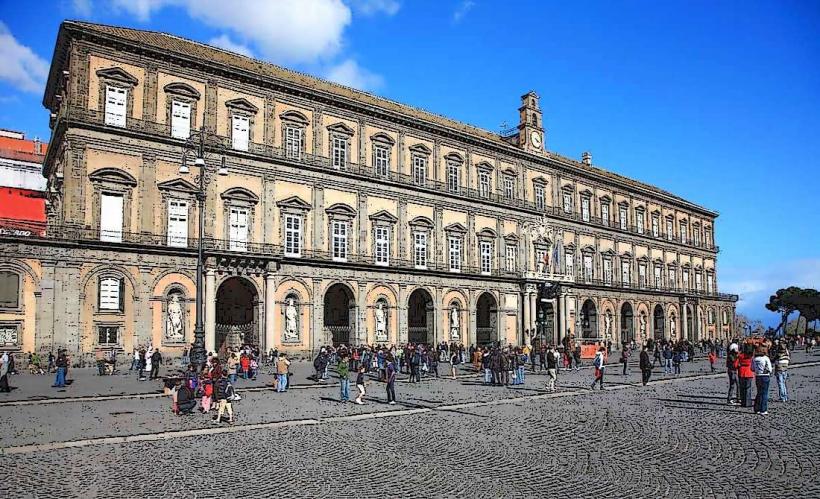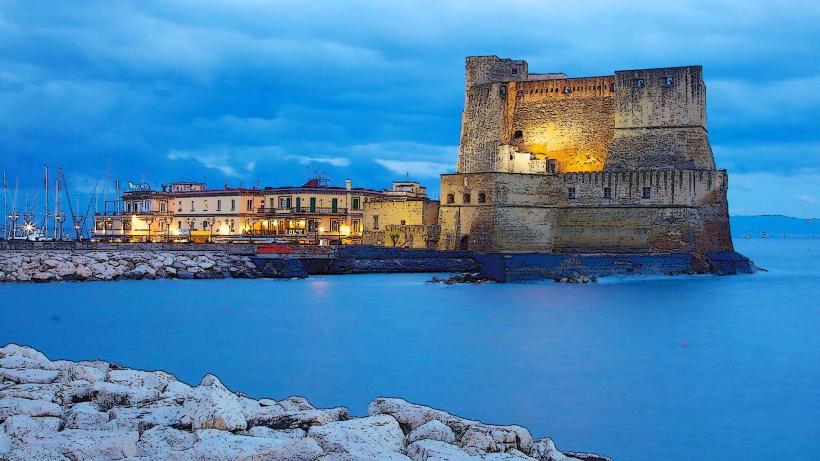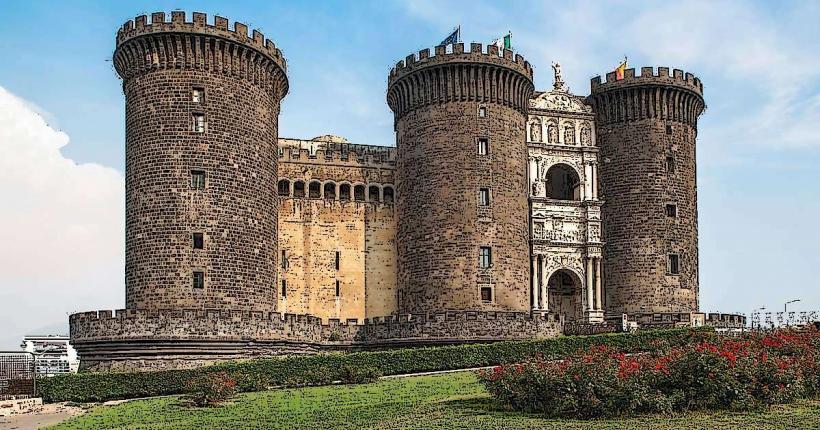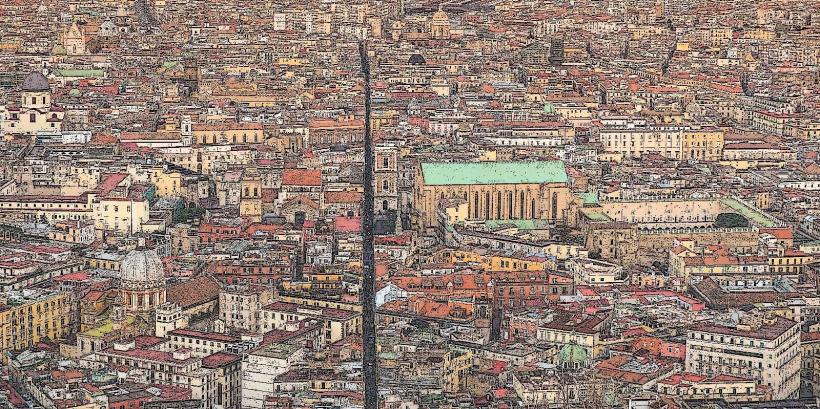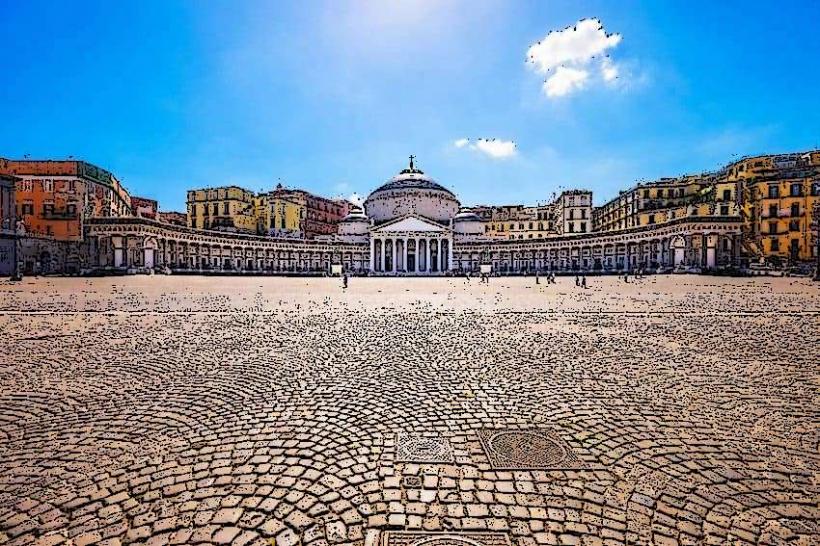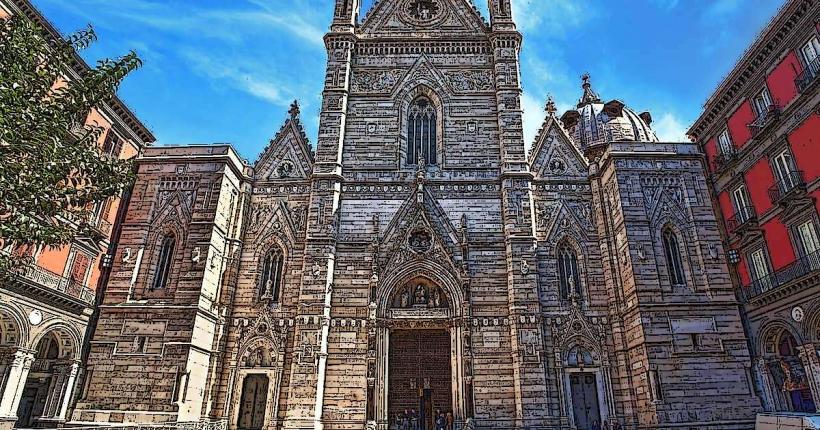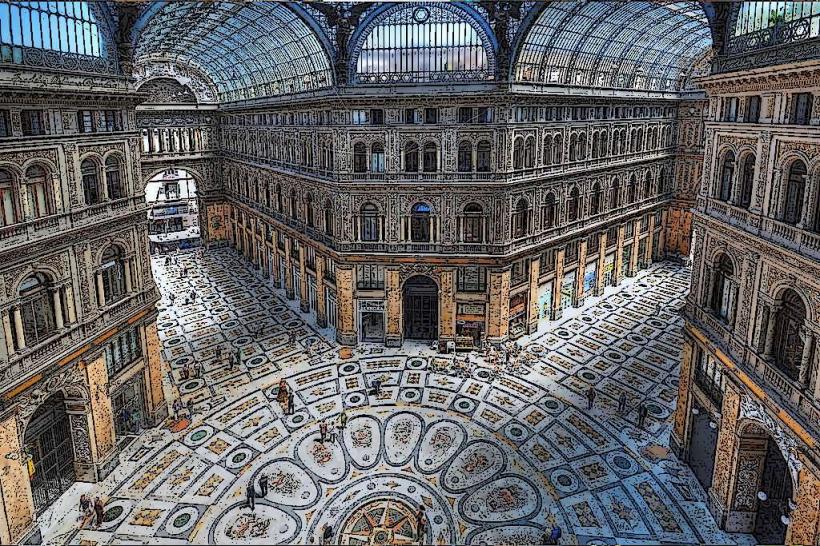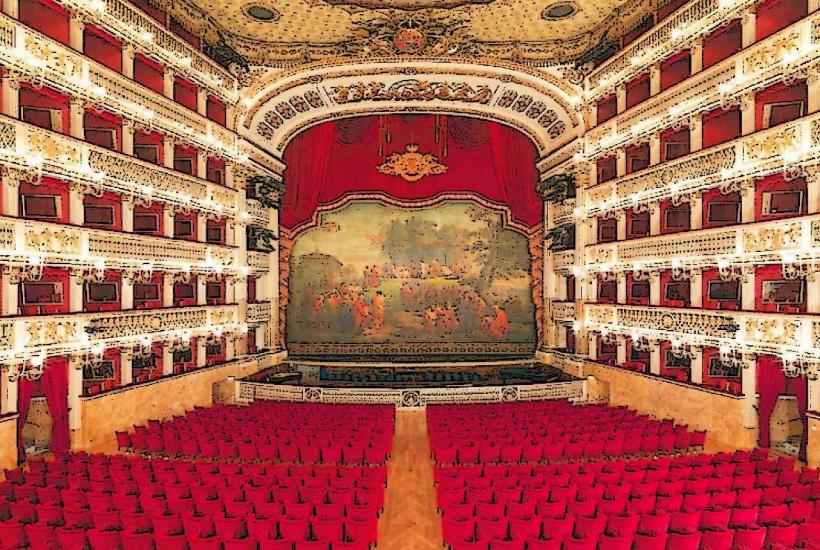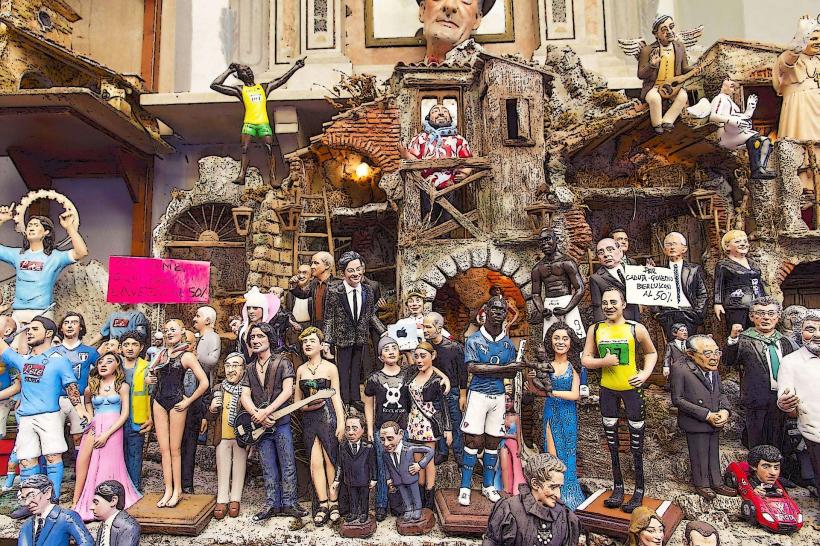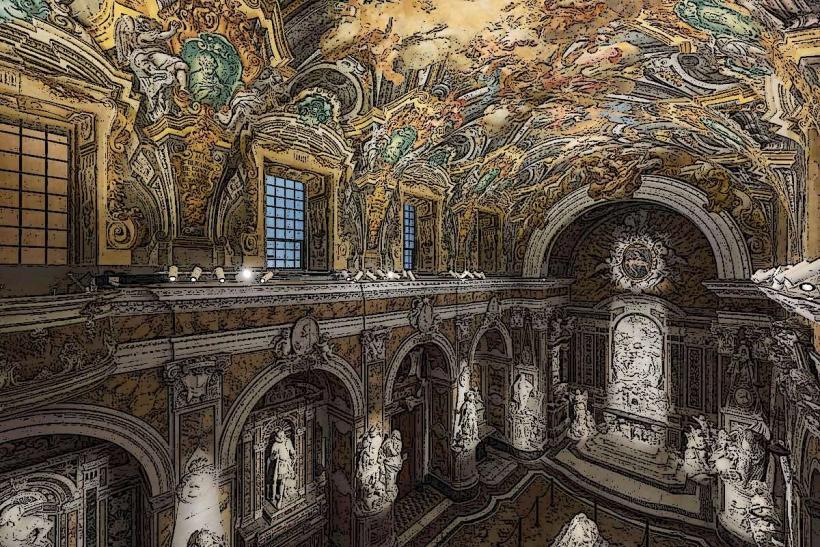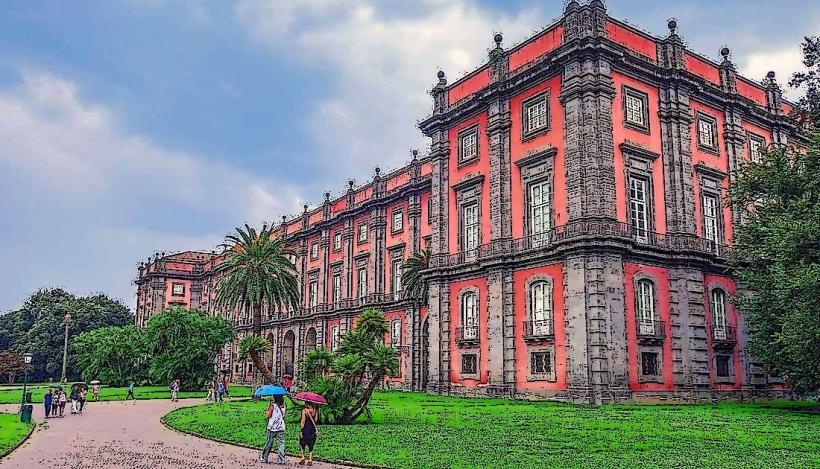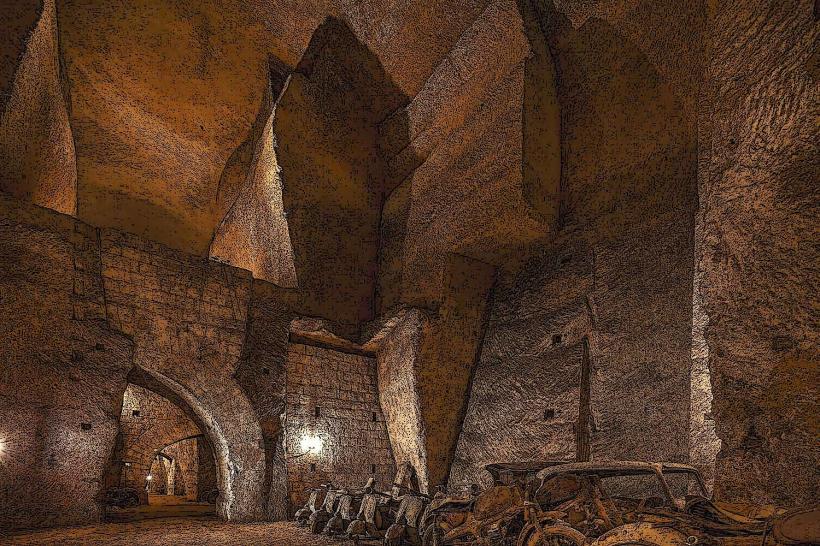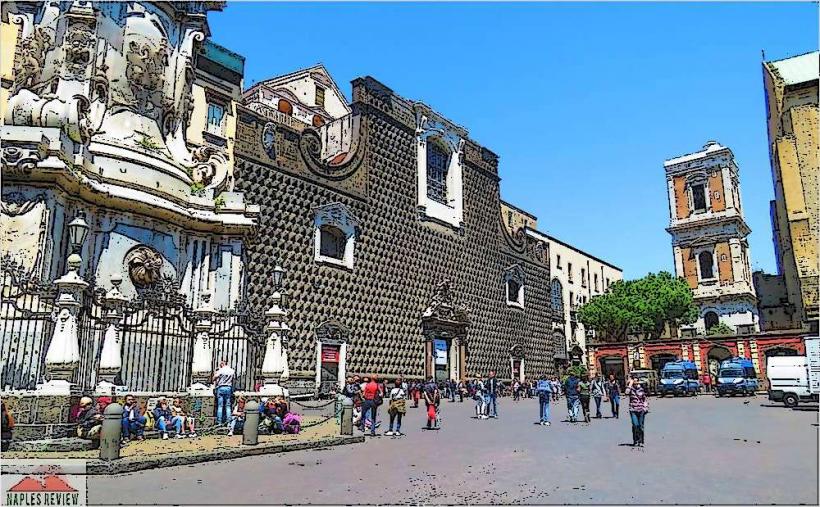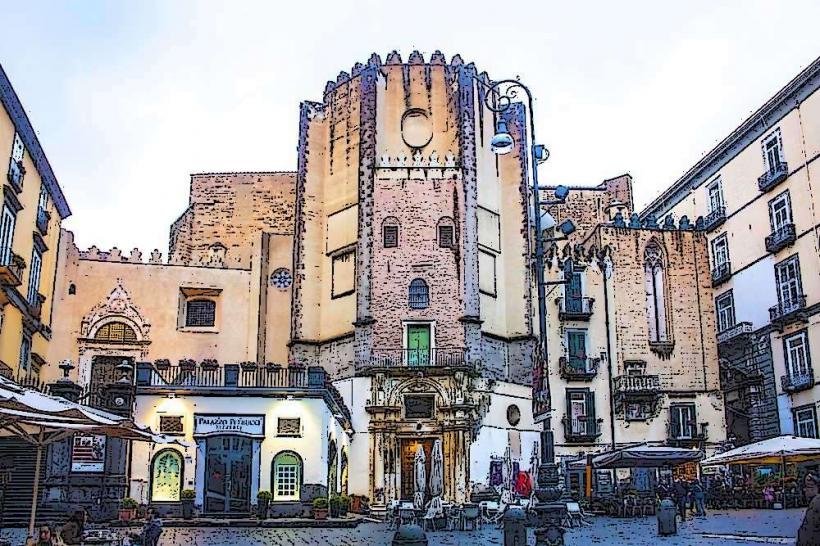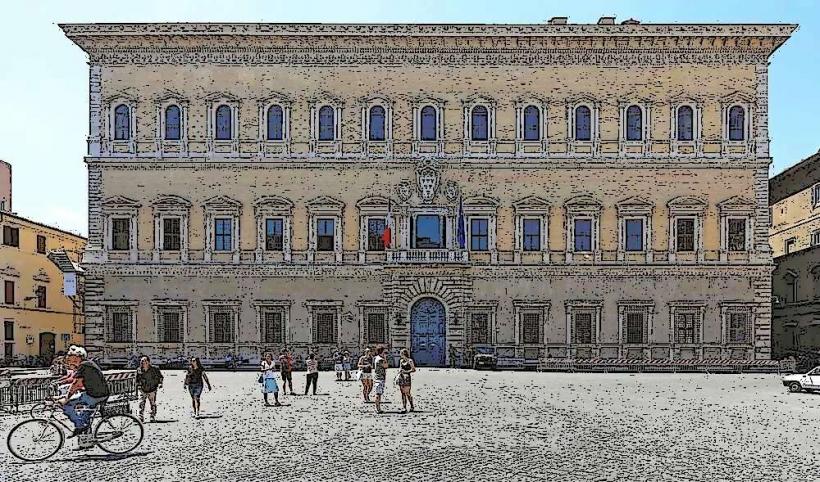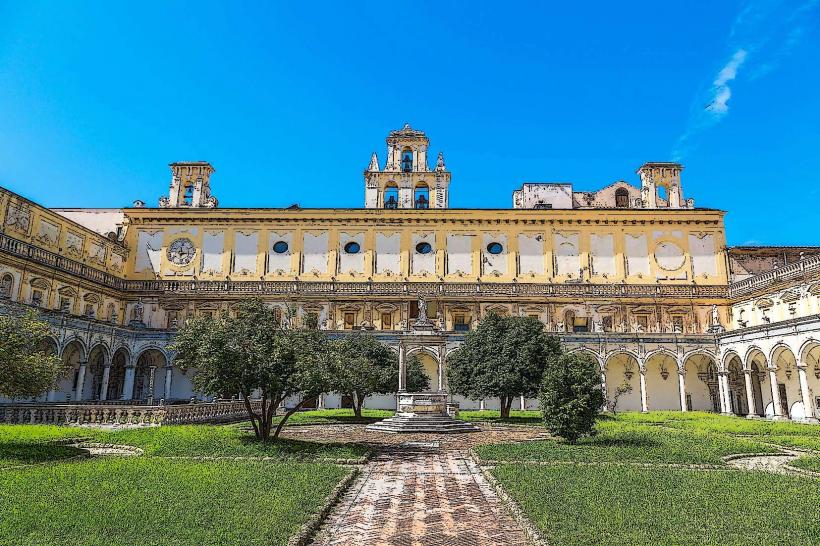Information
Landmark: Naples National Archaeological MuseumCity: Naples
Country: Italy
Continent: Europe
The Naples National Archaeological Museum (Museo Archeologico Nazionale di Napoli) is one of Italy's most important and renowned museums, housing an extraordinary collection of ancient art, artifacts, and historical objects. Located in the heart of Naples, the museum is particularly famous for its extensive collections from the Roman cities of Pompeii, Herculaneum, and Stabiae, which were destroyed and buried by the eruption of Mount Vesuvius in 79 AD.
1. History and Origins
- The museum was founded in 1816 by King Joachim Murat of Naples, originally as the Royal Bourbon Museum. Its goal was to house the vast collection of archaeological finds from the Royal Palace and other royal properties in the Kingdom of Naples.
- Over time, the museum grew in importance as more significant archaeological discoveries were made in the Pompeii and Herculaneum excavation sites.
- Today, it remains one of the most important museums in the world for its collections of ancient Roman art, sculpture, and everyday objects.
2. Collections and Highlights
The museum’s collections are vast and offer visitors a comprehensive view of ancient Greek and Roman civilizations, with a particular emphasis on the Pompeii and Herculaneum excavations.
Pompeii and Herculaneum Collections
- The museum's most famous collection is the Pompeii and Herculaneum artifacts, many of which were recovered during excavations at these cities. These collections provide an intimate look into Roman life before the catastrophic eruption of Mount Vesuvius.
- Frescoes and Mosaics: The museum has an extensive collection of frescoes and mosaics that once adorned the walls and floors of Pompeii and Herculaneum. Some of these works are incredibly well-preserved, showcasing Roman art, mythological scenes, and everyday life in vivid detail.
- Sculptures: The museum is home to a wide range of Roman sculptures, many of which were found in the Villa of the Papyri in Herculaneum and other grand Roman villas. These include marble statues, bronze figures, and life-sized sculptures that offer insights into Roman artistic standards.
- Domestic Artifacts: Everyday objects such as pottery, jewelry, tools, and furniture give a glimpse into the daily lives of Romans living in Pompeii and Herculaneum. Many of these items are remarkably well-preserved, owing to the unique preservation conditions created by the volcanic eruption.
- Carbonized Scrolls: One of the most significant finds in the museum is the collection of carbonized scrolls from the Villa of the Papyri in Herculaneum. These ancient manuscripts were partially preserved by the heat of the eruption and are the subject of ongoing study by scholars and scientists.
The Farnese Collection
- The Farnese Collection, one of the most celebrated classical art collections in the world, is housed in the museum. This collection includes numerous sculptures from ancient Greece and Rome, most notably the Farnese Hercules and the Farnese Bull, both of which are monumental and incredibly detailed works of art.
- Farnese Hercules: A colossal marble statue of the Greek hero Hercules, the statue is one of the largest and most impressive of its kind, with a strong emphasis on muscle definition and classical ideals of beauty.
- Farnese Bull: Another iconic sculpture, the Farnese Bull depicts the story of Dirce, a figure from Greek mythology, and is one of the most significant examples of ancient Roman bas-relief sculpture.
Egyptian Collection
- The museum also features a notable Egyptian collection, containing mummies, statues, and funerary items from ancient Egypt. These were brought to Naples during the 18th and 19th centuries, reflecting Italy’s historical interest in Egyptology.
- The collection includes Egyptian sarcophagi, sculptures of gods and pharaohs, and artifacts related to ancient Egyptian religion and burial customs.
The Secret Cabinet (Gabinetto Segreto)
- One of the more famous and controversial collections in the museum is the Gabinetto Segreto or Secret Cabinet, which houses an extensive collection of erotic art from Pompeii and Herculaneum. These objects, including statues, frescoes, and other items, were considered scandalous in the 18th century and were kept hidden from public view for many years.
- Items in this collection include vases, frescoes, and statues that depict various sexual themes, offering insight into the more private aspects of Roman life and culture.
Roman Coins and Stamps
- The museum also holds an impressive collection of Roman coins, some of which date back to the early days of the Roman Republic. These coins not only depict important historical figures and events but also provide insight into the economic system of the Roman Empire.
Roman Inscriptions
- The museum has a significant collection of epigraphic material in the form of inscriptions on stone, bronze, and marble. These inscriptions are invaluable resources for understanding the social, political, and legal aspects of Roman society.
3. Architecture of the Museum
- The museum is housed in a 16th-century building, originally designed by Giovanni Antonio Dosio. The architecture itself is a mix of Renaissance and Baroque styles, with wide courtyards, grand staircases, and beautifully decorated halls.
- The Farnese Hall, where many of the Farnese sculptures are displayed, is one of the most architecturally impressive spaces in the museum. It is a large, open space with a domed ceiling, designed to showcase the grandeur of the collection.
4. Visitor Experience
- Educational Programs: The museum offers various educational programs, workshops, and temporary exhibitions that cater to a wide range of audiences, from students to experts in the field of archaeology and art history.
- Multimedia and Guided Tours: The museum provides multimedia guides and audio tours in multiple languages to help visitors fully appreciate the rich history and significance of its collections.
- Temporary Exhibitions: The museum frequently hosts temporary exhibitions showcasing ancient artifacts, archaeological discoveries, and art history, often partnering with other global museums and institutions.
5. Conclusion
The Naples National Archaeological Museum is a treasure trove of ancient history, with exceptional collections of Roman, Greek, and Egyptian art, as well as objects from the catastrophic eruption of Mount Vesuvius. For anyone interested in ancient civilizations, archaeology, and the classical world, a visit to the museum offers an unparalleled opportunity to explore the legacy of ancient Rome and its neighbors.

